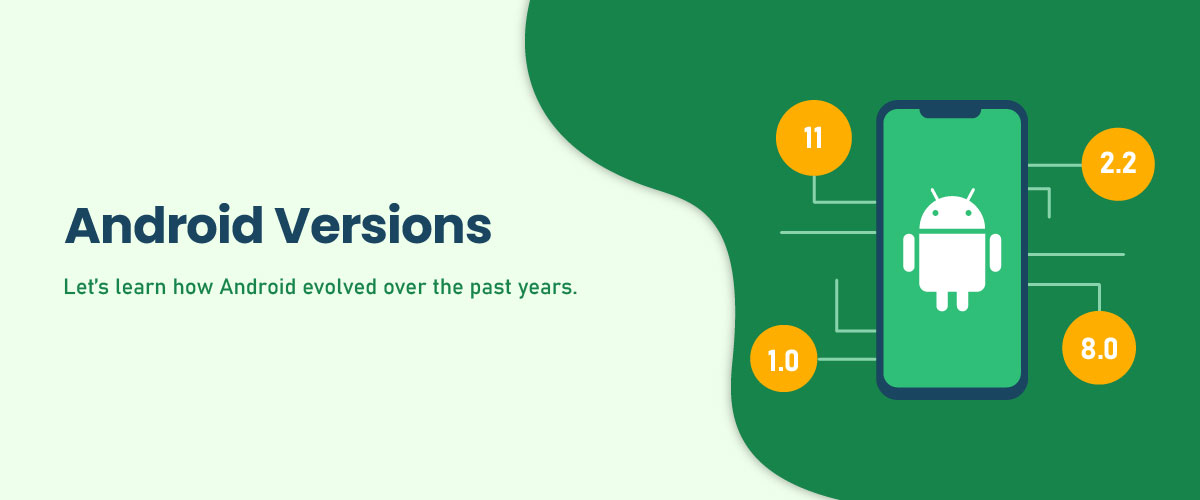Android Versions List – From Version 1.0 to Android 15
Android has changed our lives, from its inception in 2003, its first commercial release in 2008, and all the subsequent versions till today. With the latest Android version 15, the experience of using Android has only been enhanced.
Android versions have stood the test of time to be known as the most popular operating system. Throughout the years, it has been chiseled, tweaked, and refined to make it powerful and help it dominate the market. Today, Android is running on more than 3 billion active devices around the world. However, the Android we use today is far from what it was when it was introduced in 2008. In this blog, we will explore the list of Android versions and their prominent features through the years.
Android History
Andy Rubin, Rich Miner, Nick Sears, and Chris White, founded Android Inc., pitched as a game-changing project that would help in developing smarter mobile devices. Soon after, Google bought Android Inc. for USD 50 million and marketed Android as a platform for mobile manufacturing.
In 2007, Open Handset Alliance, a consortium of 82 companies was formed. It included device manufacturers like HTC, Samsung, and Motorola, network service providers, such as T-mobile and Sprint, chipset manufacturers like Qualcomm and Texas Instruments, and Google. This alliance formed the foundation on which Android was able to compete against Apple’s iPhone domination.
Since then, Android has become one of the most desirable OS in the world. All the major Android versions are named after confectionary in alphabetical order. Though this naming convention was discontinued with Android 10, the versions are still codenamed internally.
Android Version List: Android 1.0 – Android Version 15
In this Android version list, we have collated all Android version names along with the year they were released. If you wish to learn more about Android, you can check out this online Android course.
| Android Version | Android Version Names | Release Year |
| Android Versions 1.0 – 1.1 | No codename | 2008 |
| Android Version 1.5 | Cupcake | 2009 |
| Android Version 1.6 | Donut | 2009 |
| Android Versions 2.0 – 2.1 | Eclair | 2009 |
| Android Version 2.2 | Froyo | 2010 |
| Android Version 2.3 | Gingerbread | 2010 |
| Android Versions 3.0 – 3.2 | Honeycomb | 2011 |
| Android Version 4.0 | Ice Cream Sandwich | 2011 |
| Android Versions 4.1 – 4.3 | Jelly Bean | 2012 |
| Android Version 4.4 | KitKat | 2013 |
| Android Versions 5.0 – 5.1 | Lollipop | 2014 |
| Android Version 6.0 | Marshmallow | 2015 |
| Android Versions 7.0 – 7.1 | Nougat | 2016 |
| Android Versions 8.0 – 8.1 | Oreo | 2017 |
| Android Version 9 | Pie | 2018 |
| Android Version 10 | Android 10 | 2019 |
| Android Version 11 | Android 11 | 2020 |
| Android Version 12 | Android 12 | 2021 |
| Android Version 13 | Android 13 | 2022 |
| Android Version 14 | Android 14 | 2023 |
| Android Version 15 | Android 15 | 2024 |
Now we will explore each different Android version, in brief, to know better. So let’s start without further ado!
1. Android Version 1.0 – 1.1: (No Code name)
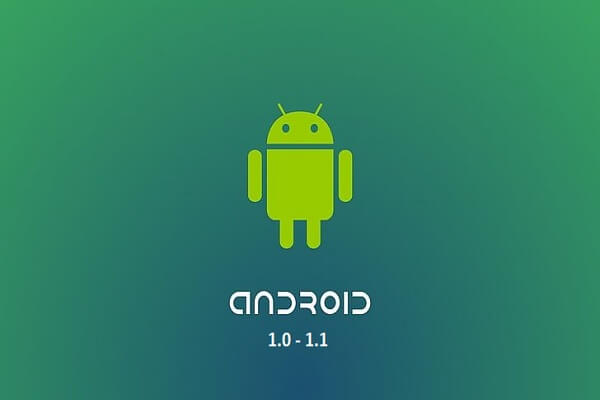
- Google released its first commercial Android version 1.0 in 2008.
- This version of Android was very basic but had Google apps like Gmail, YouTube, Calendar, Maps, Search, Instant Messaging, and many more. All of these applications were integrated into the Android OS directly.
- It also supported HTML and XHTML web pages, a camera, Wi-Fi, and came with Bluetooth support.
2. Android Version 1.5: Cupcake
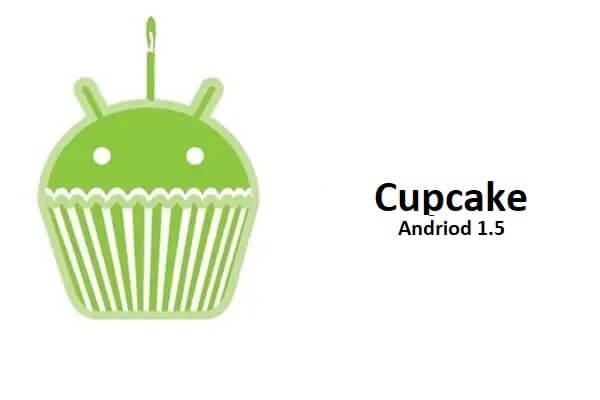
- In 2009, Android released its second major release, Android version 1.5 Cupcake.
- With this release, the tradition of naming Android versions after confectionaries started.
- With Cupcake, Android introduced the first on-screen keyboard as people moved to touchscreen smartphones from keypad-style handsets.
- They also introduced a framework for third-party app widgets, which was a significant step.
- Cupcake also introduced the platform’s first-ever video recording option.
3. Android Version 1.6: Donut
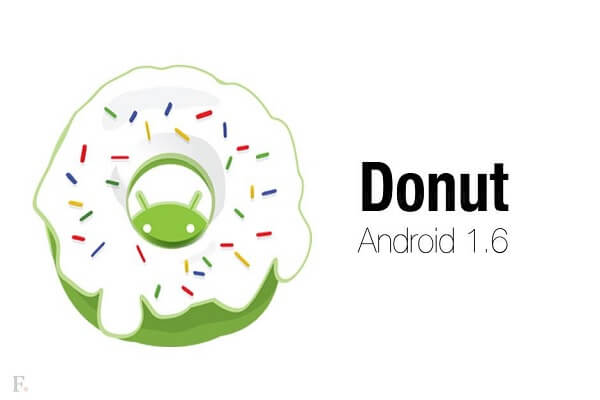
- In the fall of 2009, Android dropped its next major update, Android 1.6 Donut.
- It came out at the right time, as the world slowly transitioned towards bigger screens and resolution phones.
- Donut came with built-in support for CDMA networks, which helped Android grow quickly.
- In addition, it introduced multiple new features like voice and text entry search, bookmark history, and WVGA resolution.
- It also allowed the users to select multiple photos for deletion at a time.
Also Read: How To Become An Android Developer
4. Android Versions 2.0 – 2.1: Eclair
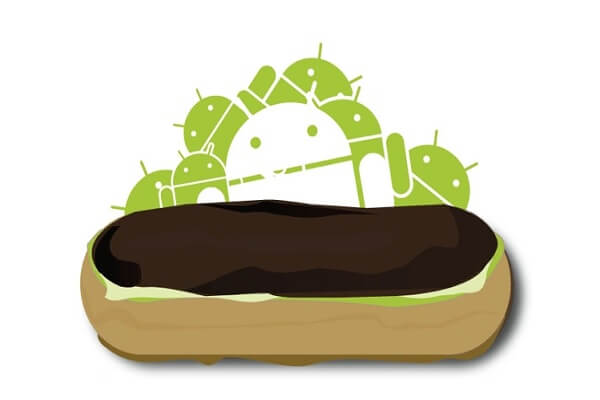
- Android 2.0 Eclair was released just six weeks after Donut.
- Android. with this version, became popular among the masses, due to the hype created around Motorola’s DROID phone and the marketing campaign led by Verizon.
- It introduced SMS, MMS, voice-guided turn-by-turn navigation and real-time traffic information, pinch-to-zoom capability (which only Apple had at that time), Bluetooth 2.1, fixed minor API, and a few bug fixes.
5. Android Version 2.2: Froyo

- Froyo was released four months after Eclair’s introduction.
- This version of Android largely focused on back-end performance, speed, and memory optimization.
- In addition, it introduced voice actions, which allowed users to perform basic functions like speaking a command, making notes, and getting directions.
- It also supported Adobe Flash, which Apple never offered to users.
6. Android Version 2.3: Gingerbread
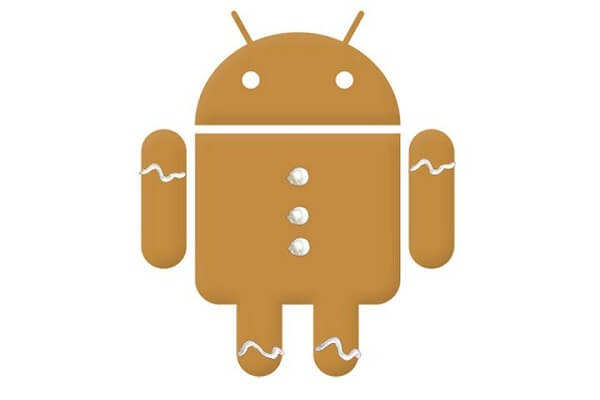
- With Gingerbread, Android started foraying distinctive visual design.
- For example, the Android mascot is green in color and this version’s prominent colors were Green and Black, which was visible throughout their UI.
- In addition, Gingerbread supported an extra-large screen, a simplified interface, enhanced copy/paste functions, NFC (Near Field Communication), and a host of improvements.
7. Android Versions 3.0 – 3.2: Honeycomb
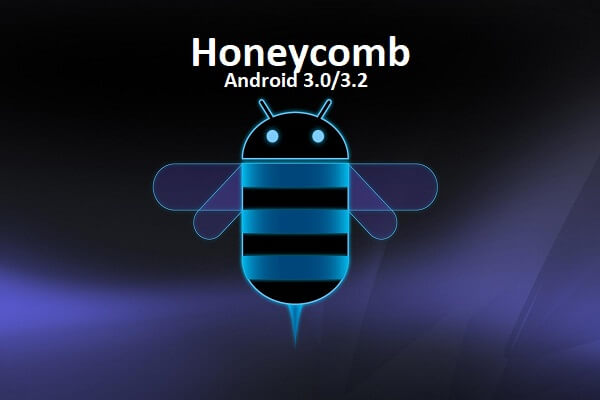
- Android released the Honeycomb version in 2011 for the first Android-based tablet, the Motorola Xoom.
- With subsequent updates, 3.1 and 3.2, the Honeycomb remained a tablet-exclusive entity.
- This was a detour for Android’s visual appeal, as this time it had blue colored holographic design instead of their usual black and green combo.
- In addition, it was different, designed to make the most of the tablet’s widescreen space.
8. Android Version 4.0: Ice Cream Sandwich

- Ice Cream Sandwich marked the entry of Android into the modern design language.
- While the Honeycomb version is considered the connection between old and new design, Ice Cream Sandwich refined all the visual elements with a single, unified UI vision that reunited phone and tablet design.
- It carried over the card-like appearance from Honeycomb and also introduced swiping, common for navigating across the OS.
- It also brought a framework or design standardization known as ‘Holo’ across OS and Android’s app ecosystem.
9. Android Versions 4.1 – 4.3: Jelly Bean
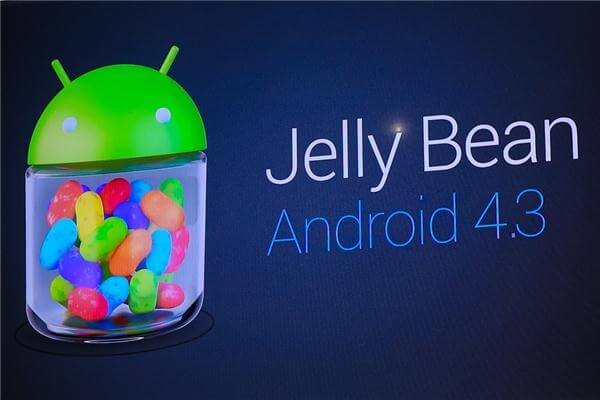
- Android Jelly Bean was introduced in 2012 and made the best impressions among new users.
- Jelly Bean was built on the foundation built by Android version 4.0.
- It polished many rough edges, making the OS more attractive and appealing.
- In addition, it improved accessibility and offered multiple features like screen lock, bug removal, 4K support, and Google Now.
10. Android Version 4.4: KitKat
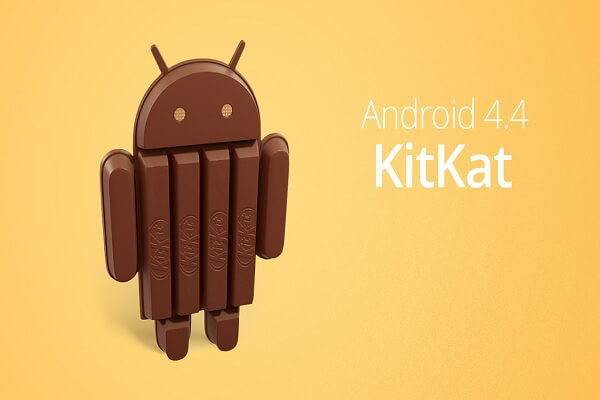
- Late in 2013, Android released KitKat.
- This Android version introduced “OK Google” support, offline music support, smart caller ID, better application compatibility, and many other built-in features.
11. Android Versions 5.0 – 5.1: Lollipop
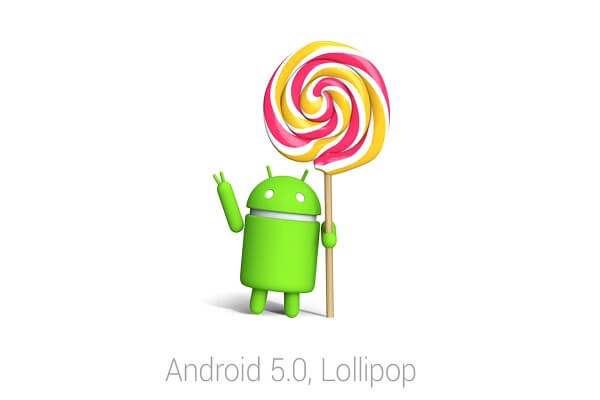
- With the version Lollipop, Android reinvented itself.
- Amongst all these versions in the Android list, it established the material design standard, which stands even today. This gave the OS a fresh and new visual look across all Android apps and even other Google products.
- Furthermore, the team maximized the usage of the card-based concept, which became a core pattern for the Android team.
- It also introduced at-a-glance access for all the notifications from the lock screen itself.
- In addition, Lollipop improved the ‘OK Google’ command support. This feature’s voice activation was extended to work even when the device’s screen was off.
Also Read: Android Architecture
12. Android Version 6.0: Marshmallow
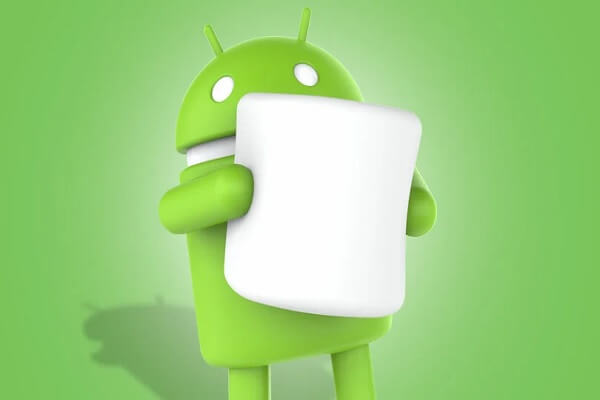
- This Android version was slightly updated when compared to the Lollipop version.
- With Marshmallow, Android started the trend of releasing a major update per year.
- In addition, Marshmallow introduced support for fingerprint readers, USB-C, App Standby feature, Doze mode to save battery life, and many more with lasting impressions.
13. Android Version 7.0 – 7.1: Nougat
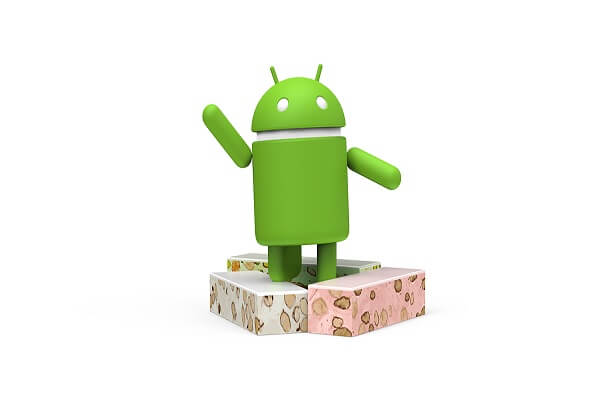
- Android Nougat is popular for releasing Google Assistant.
- This Android version offered few improvements, but all of them were significant.
- For example, they offered split-screen mode, a Data Saver feature, file-based encryption, battery usage alerts, a zoom-in screen, and many more features.
- Google also released Pixel, its first self-made phone, along the same timeline.
14. Android Version 8.0 – 8.1: Oreo

- Oreo brought in some of the best features, like picture-in-picture support, adaptive icons, 2x booting speed, Google Play Protect, a notification snoozing option, and many other features.
- In addition, this Android version included many elements aligned with Google’s goal of aligning Android and Chrome OS and transforming the Chromebook user experience.
- It also helped in Project Treble, which helped device manufacturers offer more timely software updates through a modular base for Android’s code.
15. Android Version 9.0: Pie

- Pie breathed in some fresh air to the Android mobile OS. It transformed and gave a new look to Android to make it feel more modern.
- The most popular change was the hybrid gesture/button navigation system, which replaced Android’s Black panel for the Back, Home, and Overview keys.
- Pie also introduced many productivity features, which were missing in previous Android versions.
- In addition, it introduced many security and privacy enhancements and intelligent systems to manage power and screen brightness.
16. Android Version 10
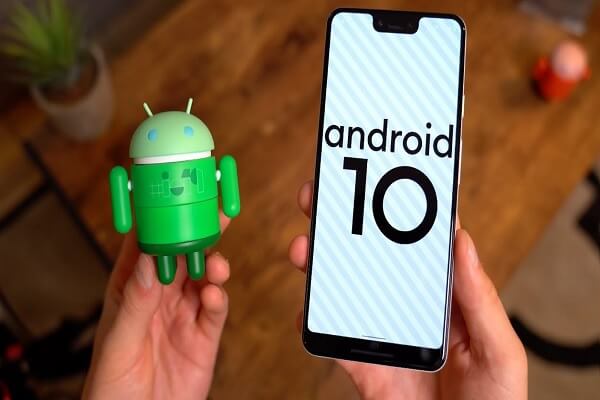
- With this version, Android dropped the naming tradition of each major release along with an item of confectionery.
- This version introduced even more visual interface upgrades for Android gestures and a swipe-driven navigation approach.
- Android Version 10 also brought more silent improvements and enhancements like granular permissions, control over location data, productivity features, and themes across the OS.
17. Android Version 11
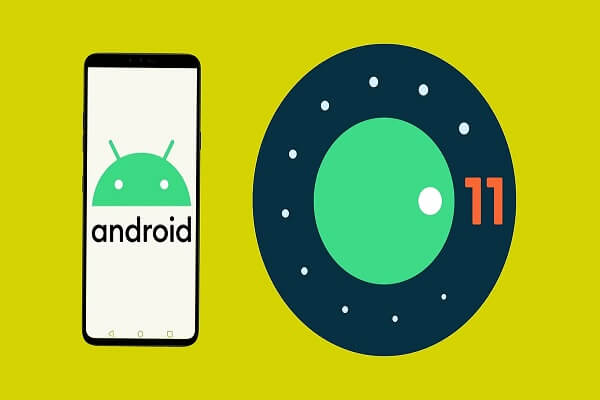
- Android 11 was released during the COVID-19 pandemic in September 2020.
- It offered a substantial Android update visible on the surface and more back-end improvements.
- Privacy was a major concern for mobile users across the globe. Android 11 addressed it appropriately and brought in a slew of privacy-enhanced features. For example, it introduced more granular app permissions that users can limit.
- In addition, it simplified all the panels and introduced conversation-style notifications, native screen-recording features, and connected-device controls.
18. Android Version 12
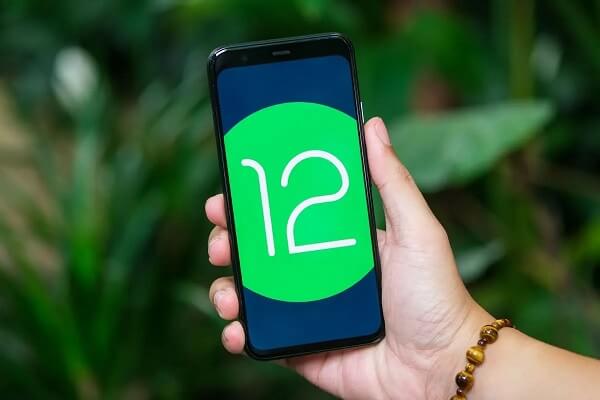
- In 2012, Google released Android 12.
- This version was largely focused on surface designs.
- Android 12 completely transformed the standard to create something known as Material You, a very visually customizable Android version.
- It also renewed its focus on widgets, other improvements, and easy accessibility with separate AI sections to function independently.
19. Android Version 13
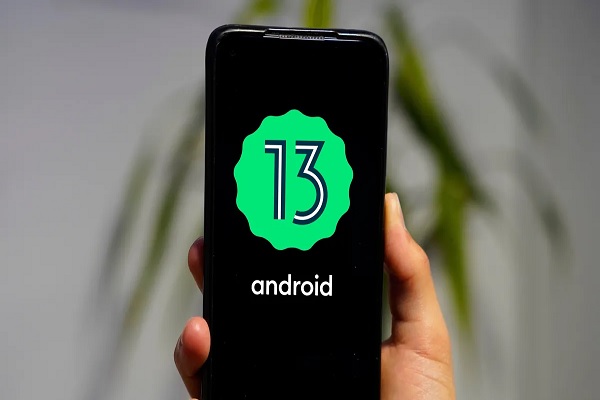
- Android 13 is a stable OS launched in 2022 with a new interface design for handheld devices.
- While the version also lays the foundation for multipurpose products, it’s gearing up for bigger screens and resolutions, which will ultimately appear on the newest Google Pixel tablet.
- This OS version has made strides in improving security, privacy, and performance.
20. Android Version 14
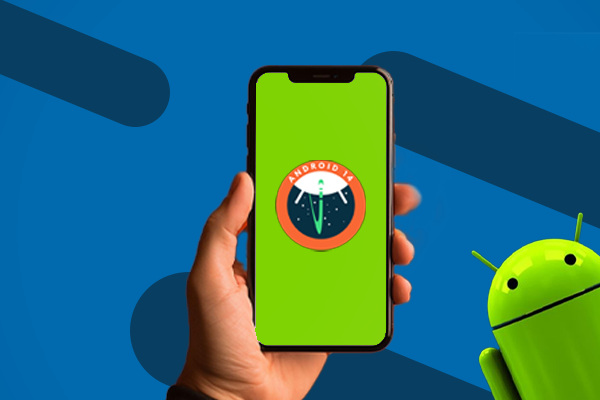
- The name of the latest Android version is Android 14.
- It aims to provide rich camera and media experiences with Ultra HDR, lossless USB audio, and more camera extensions.
- Android users can personalize their apps further with features like per-app languages, predictive back, grammatical inflection, regional preferences, and more.
- Android 14 also comes with Health Connect (for health and fitness insights) and Credential Manager (to simplify sign-in).
21. Android Version 15
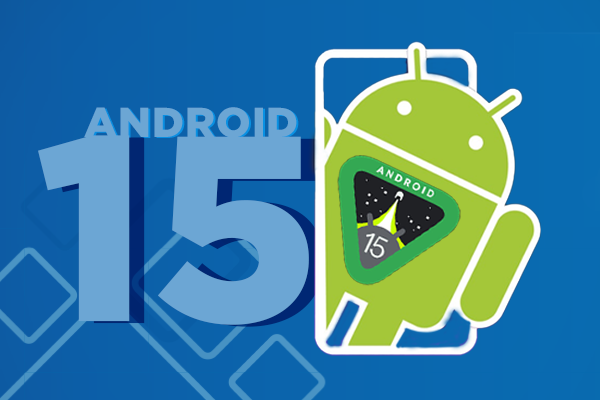
- This version is set to launch in the fourth quarter of 2024 with several new features and enhanced capabilities.
- A developer version or preview has been released in February with a second developer version to be released in March.
- This will be followed by the release of Beta versions from April to August.
- The preview includes SDK and tools, APIs, system images, and Flash-to-OTA updates for Google Pixel.
Conclusion
Android has evolved significantly through the years from its initial phases to becoming one of the most notable operating systems today. The list of Android versions provided in this blog shows that it has changed the way we interact with digital devices and made it easy for users to understand the interface.
Have you checked out the preview for Android 15 yet? Share your thoughts on the new Android version with us in the comments below. Also, check out how to become an Android Developer to pursue a professional career in this domain.
FAQs
Yes, Android 13 is the latest version.
According to Google, a smartphone would require at least 2GB RAM and 16 GB of storage to run Google applications.
If you already have a phone that is running Android 9 then it is fine, but it is recommended that you upgrade to the latest version immediately for better security and features.
Android 14 is called the Upside Down Cake. This name is the internal code name because Google has stopped the convention of naming Android versions after desserts from Android 10 onwards.
Google has rolled out a developer version or preview of Android 15 and will release two more versions in February and March of 2024. Android 15 beta version will be available for users in April, with the final version released in the fourth quarter of 2024.
Yes, Android 14 is better than 13 because it comes with multiple new features and enhancements, such as a customizable lock screen and 200% font scaling. Additionally, Google has announced 7 years of regular updates on Pixel 8 devices.

